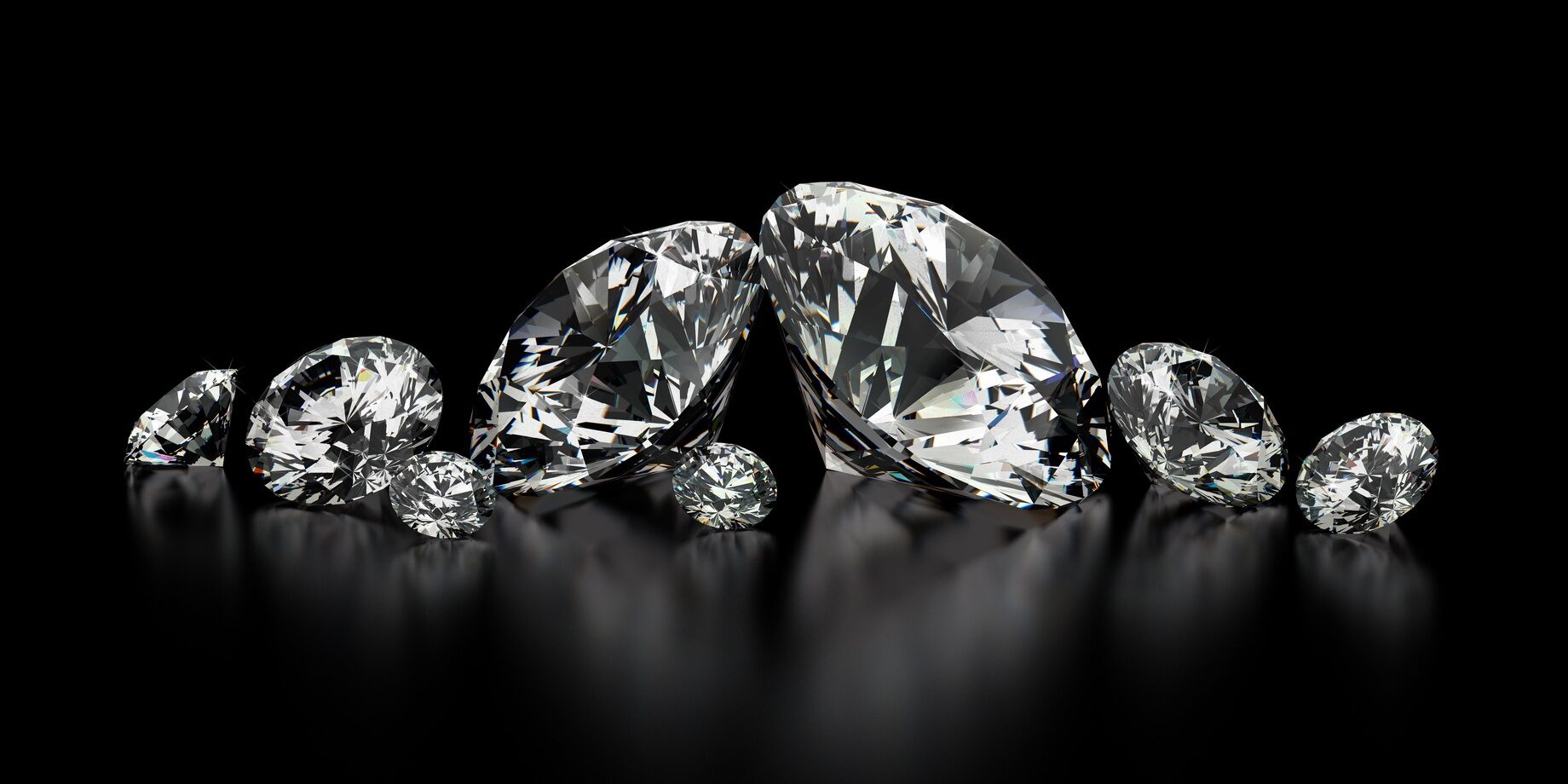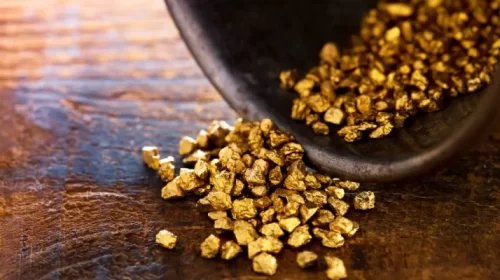Global Diamond Mining Industry | The Way Forward 2020
Whether you have ever owned an actual piece of diamond jewelry or not, you have probably heard about the dark history of the diamond trade. The concept of a blood diamond came from different parts of the African continent where diamond mining companies were exploiting workers and entire communities for profit. People have been suffering in gruesome conditions, and human rights organizations are still in the fight to end this issue.
While the problem has not been completely solved, there has definitely been progress, in part due to the efforts of the Kimberley Process. Diamond companies are required by law to validate the sources of their products before selling them, which includes proof of how the workers were compensated. Unfortunately, there are still many instances where criminals are circumventing the procedure and trading the diamonds illegally.
With all of the crime and danger associated with the diamond trade, where can the mining industry go from here? What steps can they take to move forward, if any? Let’s look first at the market value of diamond trade and where the money goes in the business.
According to the 2019 Global Diamond Report, the sale of diamonds had gone down over the course of the year and was expected to pick up some at the start of 2020. The overall decline ended up being around 2%, which may seem small, but it can take a large toll economically. Even though there had been higher than normal production rates in the diamond mines, the demand had fallen significantly. This, the experts claim, is due in part to the increase of e-commerce and the number of options online consumers have, as well as the lack of consumer social and economic confidence in genuine diamond products themselves. In fact, the global diamond jewelry market which had grown to 81 billion US dollars in 2014 had more or less stagnated and was at 82 billion US dollars in 2017.
Where did the most diamonds come from in 2019? The number one country was Russia by far with 650 million carats produced, with all of the other top countries in different parts of the African continent. According to a recent study, Democratic Republic of the Congo, Botswana, and South Africa were in the leading group, with the DRC producing 150 million carats of diamonds. Alrosa and DeBeers are the two companies that share half of the world’s diamond supply.
The lab-grown market for diamonds grew 15-20% in 2019, which also hurt the natural diamond mining industry significantly. Manufacturing of lab-grown diamonds has been labeled as better for the environment, and consumers tie that into the socioeconomic reasons they may have already had for avoiding natural diamonds.
The study also adds that sustainability and socioeconomic awareness are heightened themes in the diamond dialogue today, as they should be. Consumers want to do their research and understand where their purchases are coming from, who their payment is benefitting.
36 total views , 2 views today





